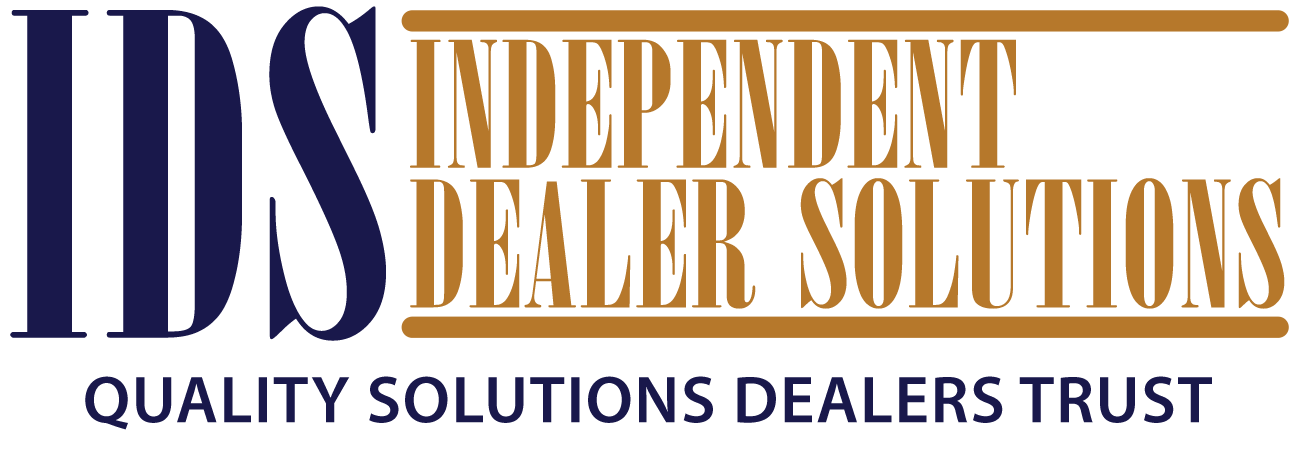DETROIT — All summer long, Aleen Hudson kept looking for a new minivan or SUV for her growing passenger shuttle service.
She had a good credit rating and enough cash for a down payment. Yet dealerships in the Detroit area didn't have any suitable vehicles. Or they'd demand she pay $3,000 to $6,000 above the sticker price. Months of frustration left her despondent.
“I was depressed,” Hudson said. "I was angry, too.”
A breakthrough arrived in late September, when a dealer called about a 2022 Chrysler Pacifica. At $41,000, it was hardly a bargain. And it wasn’t quite what Hudson wanted. Yet the dealer was asking only slightly above sticker price, and Hudson felt in no position to walk away. She's back in business with her own van.
It could have been worse. Hudson made her purchase just as the prices of both new and used vehicles have been inching down from their eye-watering record highs and more vehicles are gradually becoming available at dealerships. Hudson's van likely would have cost even more a few months ago.
Not that anyone should expect prices to fall anywhere near where they were before the pandemic recession struck in early 2020. The swift recovery from the recession left automakers short of parts and vehicles to meet demand. Price skyrocketed, and they've scarcely budged since.
Prices on new and used vehicles remain 30% to 50% above where they were when the pandemic erupted. The average used auto cost nearly $31,000 last month. The average new vehicle transaction price: $48,000. With higher prices and loan rates combining to push average monthly payments on a new vehicle above $700, millions of buyers have been priced out of the new-vehicle market and are now confined to used vehicles.
The high prices are yielding substantial profits for most automakers despite sluggish sales. On Tuesday, for example, General Motors reported that its third-quarter net profit jumped more than 36%, thanks in part to sales of pricey pickup trucks and large SUVs.
Still, as Hudson discovered, many vehicles are becoming slightly more affordable. Signs first emerged weeks ago in the 40-million-sales-a-year used market. As demand waned and inventories rose, prices eased from their springtime heights.
